Paul Webb
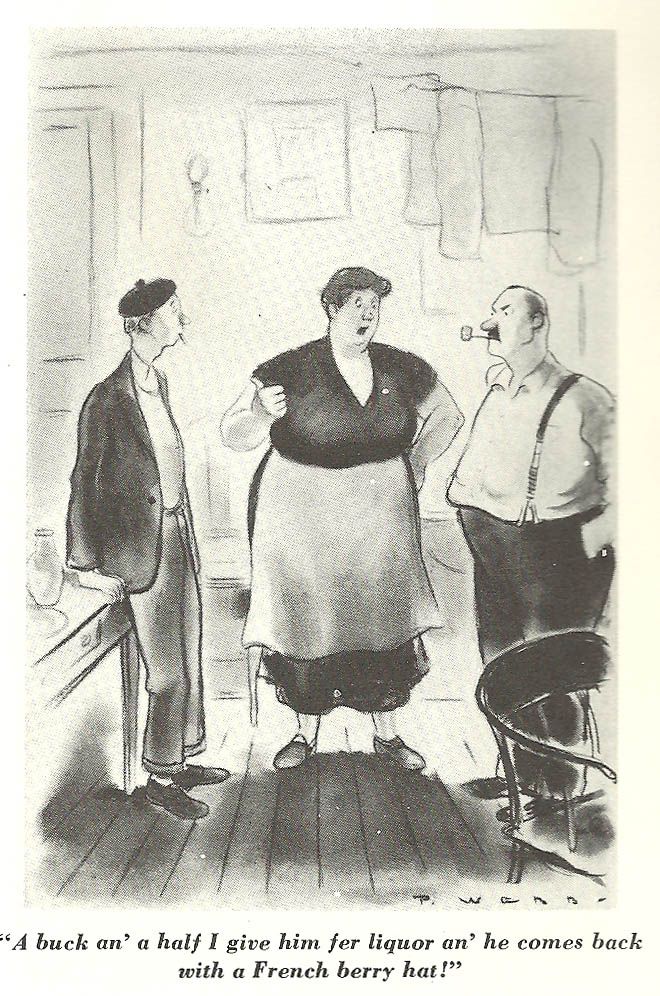 Howard Baer
Howard Baer
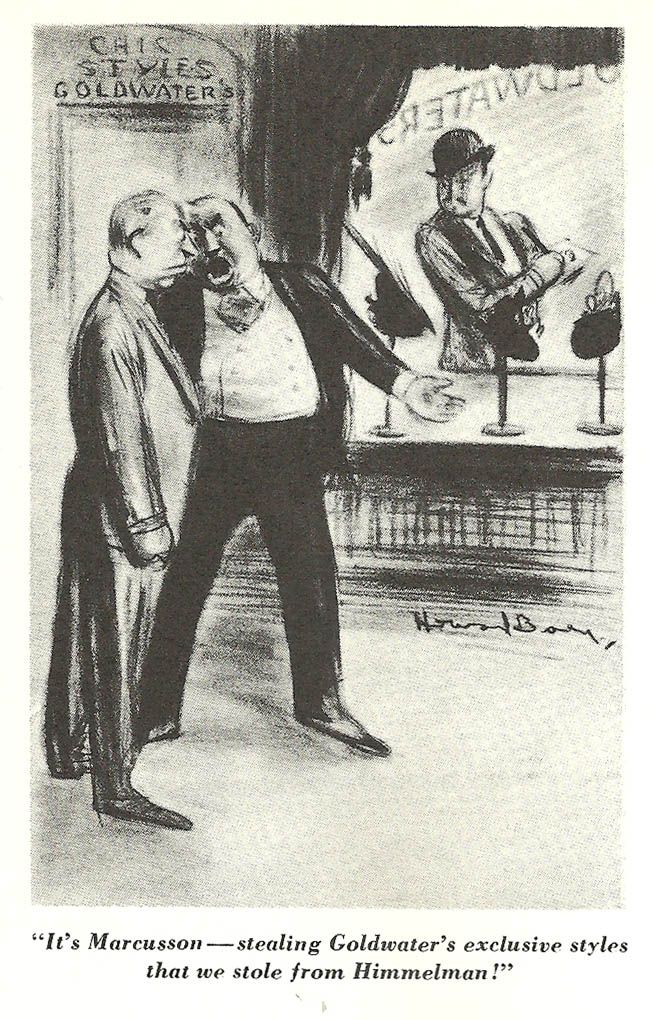 Abner Dean, written about by Richard Calhoun, in an entry from the World Encyclopedia of Cartoons in 1980:
Abner Dean, written about by Richard Calhoun, in an entry from the World Encyclopedia of Cartoons in 1980:
ABNER EPSTEIN (1910-*) American cartoonist born in New York City in 1910. Known professionally as Abner Dean (a derivation from his mother's name, Deanna), Abner Epstein attended Dartmouth College in Hanover, New Hampshire, from which he received his B.A. In 1931. He then enrolled in the National Academy of Design and continued his art studies. His first work in the field was freelancing, particularly in advertising and industrial illustration. It was probably in this latter capacity that he designed the industrial folding table for which he has the patent.
One hesitates to call Dean a gag cartoonist, though one often laughs at the absurd but familiar antics of his simple, naked pen-and-ink figures, usually set against stark, almost lunar landscapes. A strong vein of alienation, however sardonic, runs through all his work, and his (not uncritical) debt to Freudian psychology is at times naively apparent. His captions are frequently “attitude” words or the intellectual clichés of modernity, and his capricious realization of them is undeniably unique. An example from one of his anthologies, It's a Long Way to Heaven : a man hanging by the neck from a single blasted tree in one of Dean's characteristically barren landscapes scribbles his way on his “appeal”, his face contorted into a ghastly burlesque of a smile; the caption, “Optimism”. As is so often the case with a Dean work, it is as depressing as it is amusing. (A clue to the reaction Dean is seeking in this and his other cartoons in Heaven can perhaps be found in the brief introduction to the volume, penned by no less an “angry young man” than Philip Wylie).
Perhaps the best brief, serious appraisal of this controversial artist's work comes from Clifton Fadiman's introduction to Dean's anthology What Am I Doing Here?, published by Simon and Schuster. “The urge to call Dean bats,” Fadiman writes, “will be strong, but that is only because we have so large a vested interest in being 'normal' that we panic easily when this investment is threatened.”
As an artist Dean has been represented in most of the major magazines, including the New Yorker, and has published no less than eight anthologies of his work, bearing such provocative titles as Come As You Are (1952), Cave Drawings For the Future (1954), Not Far from the Jungle (1956), and Abner Dean's Naked People (1963).
*He died in 1982
 E. Simms Campbell
E. Simms Campbell
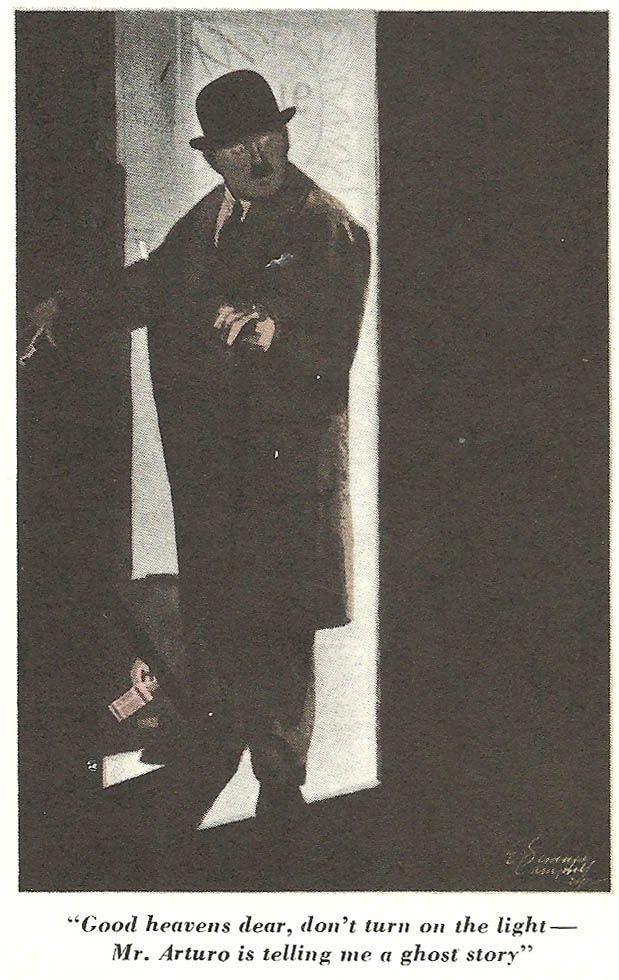
 Juliette Kida Renault, who did another cartoon in this book.
Juliette Kida Renault, who did another cartoon in this book.
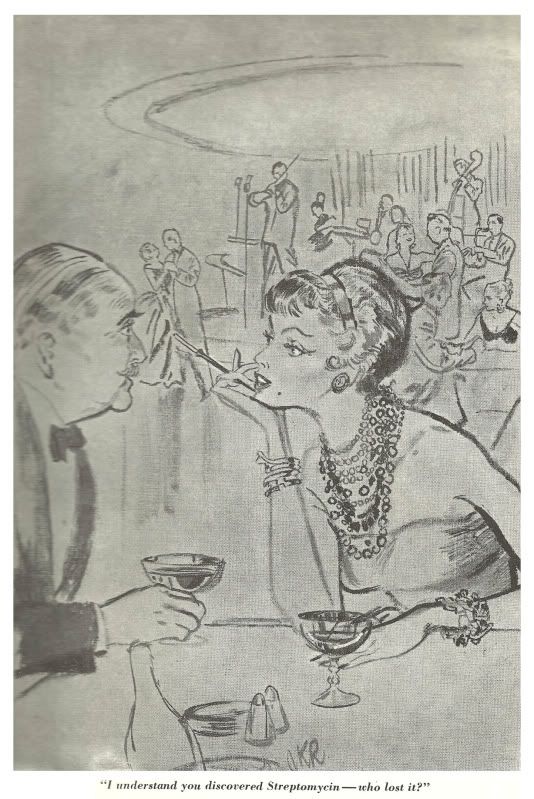 Raeburn Van Buren, who was written about by Richard Marschall in The World Encyclopedia of Comics:
Raeburn Van Buren, who was written about by Richard Marschall in The World Encyclopedia of Comics:
RAEBURN VAN BUREN (1891-*) American artist born January 12, 1891 in Pueblo, Colorado, the son of George Lincoln and Luella la Mar van Buren. The young van Buren, showing an early talent for drawing, joined the art staff of the Kansas City Star immediately after graduation from Central High School in Kansas City, Mo., where the family had moved.
Van Buren called the Star “the best school for pen and ink illustrators in the country” at that time (1909) because its owner, Col. Nelson, eschewed photographs and half-tone drawings. After four years as a sketch artist van Buren traveled to New York to take courses at the Art Students League and freelance illustrations.
The former endeavor ended after a few short frustrating weeks; classes—with Terry Fogarty's father and others—seemed too slow-paced and rudimentary for the talented van Buren. Freelancing was more fertile and rewarding, however. Upon arrival in New York in 1913, van Buren became a frequent contributor to Life (for which he had been drawing several years already), Puck, Judge, and Street and Smith publications, the pulp, Smith's Magazine, was the first to use a van Buren illustration (his work for the humorous journals was captioned cartoons.)
Van Buren, whose early work betrayed no sign of youth or relative lack of training, soon became one of the country's leading and most polished illustrators. His credits include 368 stories for the Saturday Evening Post, 127 for Collier's, and numerous others in Redbook (one Life cartoon was enough to prompt Redbook editors to offer a six-part Opie Reid story, “River of Romance” to van Buren, Cosmopolitan, Green Book, Esquire, the New Yorker, McCalls, and newspaper illustrations for King Features Syndicate and the McClure Syndicate.
In the mid-1930's, Al Capp contacted van Buren and offered him the drawing duties on a comic strip creation, and van Buren accepted on the strengths of Capp's prediction that radio would kill the big magazines. Thus Abbie an' Slats was born in 1937 and van Buren added splendidly to the unfortunately small list of accomplished illustrators in the comics:Alex Raymond and Frank Godwin were brothers in this small band.
Van Buren's art was sometimes distinctive, individualistic and at home with the strictures and conventions of the comic strip. His adaptability was part professional and part due to the guidance of Capp, but was mostly attributed to his overwhelming talent and genuine concern for Abbie an' Slats. His heroes were handsome and dashing; his heroines racy and winsome; and incidental characters were humorous or villainous to the extreme as the situation demanded.
Van Buren's long work in illustration gave the comic strip a constantly fresh, breezy, and narrative feel. Although some of his magazine work was in crayon, his medium was pen and ink and he was a master of blocking, shading, vignettes and—in the comics—well-used close-ups.
Today(**) he is retired and painting, dividing his time between his homes in Long Island and Florida.
*He died in 1987.
**Today being 1975.
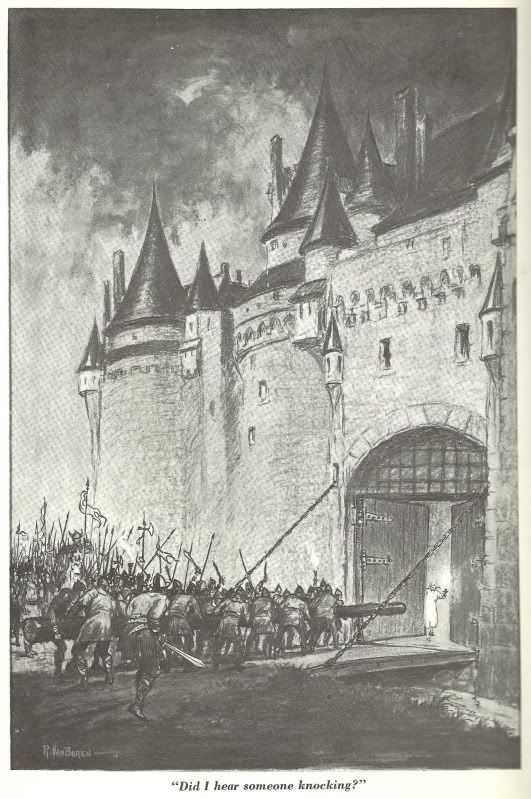 Howard Baer
Howard Baer
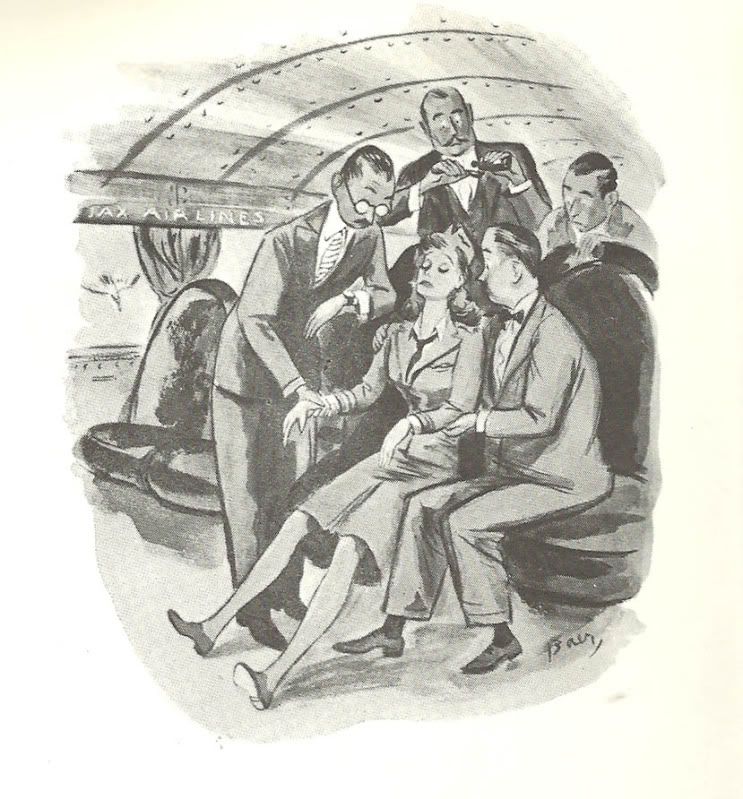 Barbara Shermund
Barbara Shermund
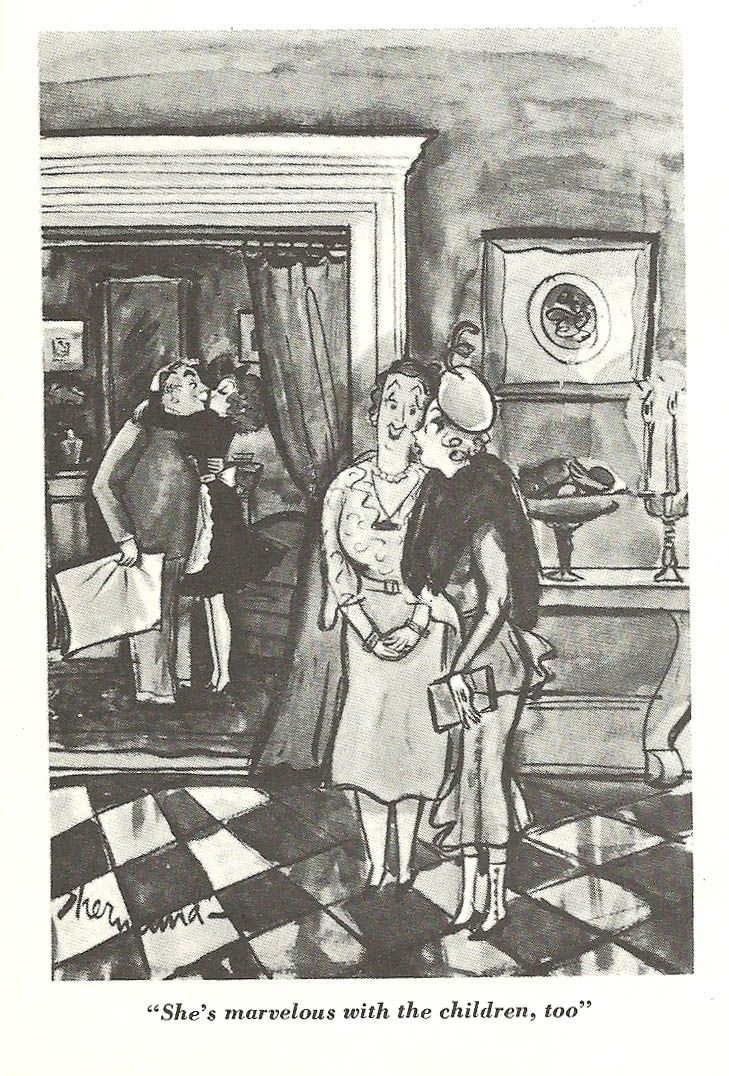 Dorothy McKay
Dorothy McKay
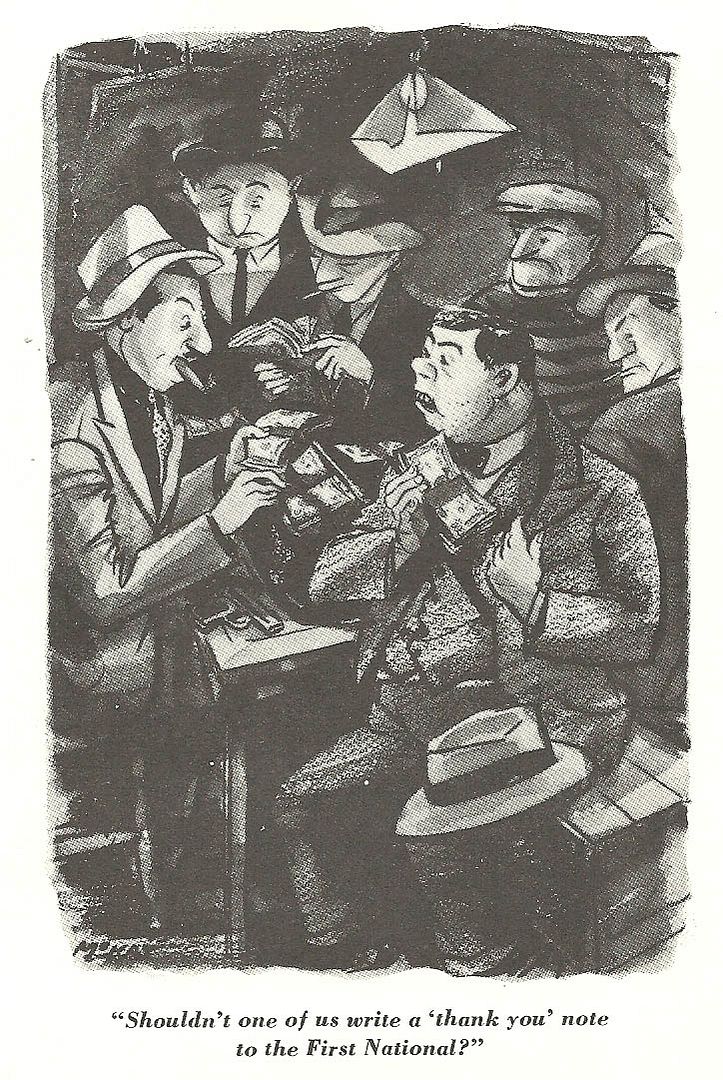 Concluded next Saturday
Concluded next Saturday
I hope you like this installment because I spent 20 minutes looking for the mistake in the HTML that was making everything (including the sidebars) italic.











































































No comments:
Post a Comment